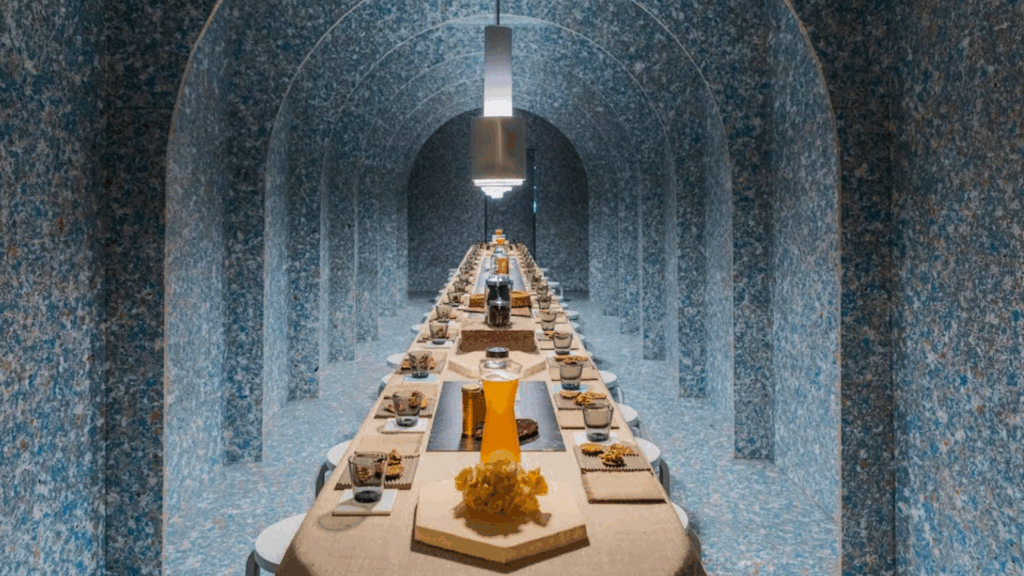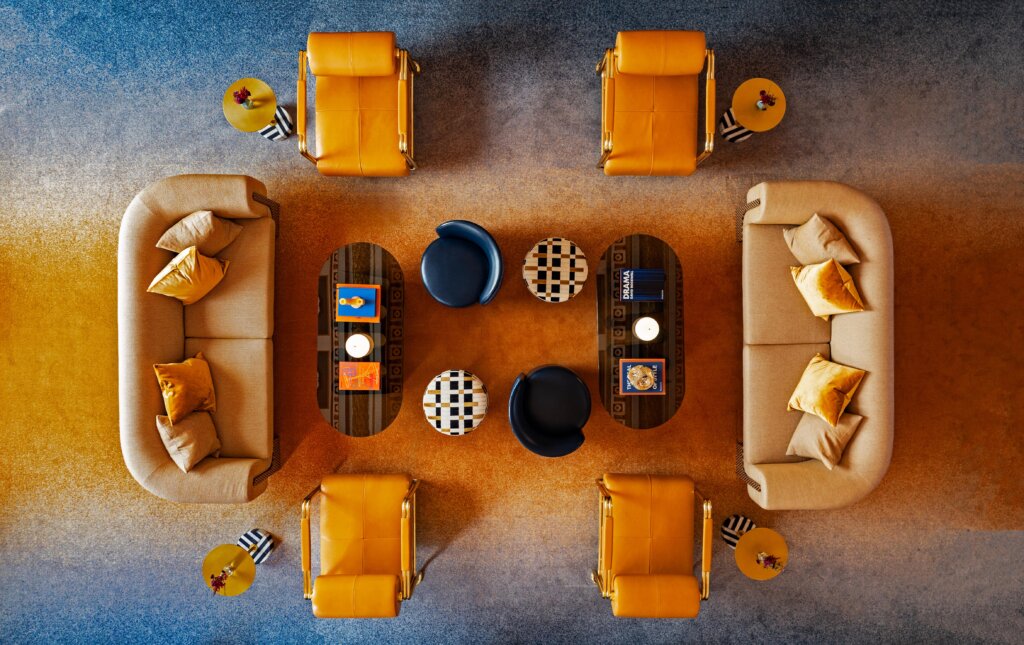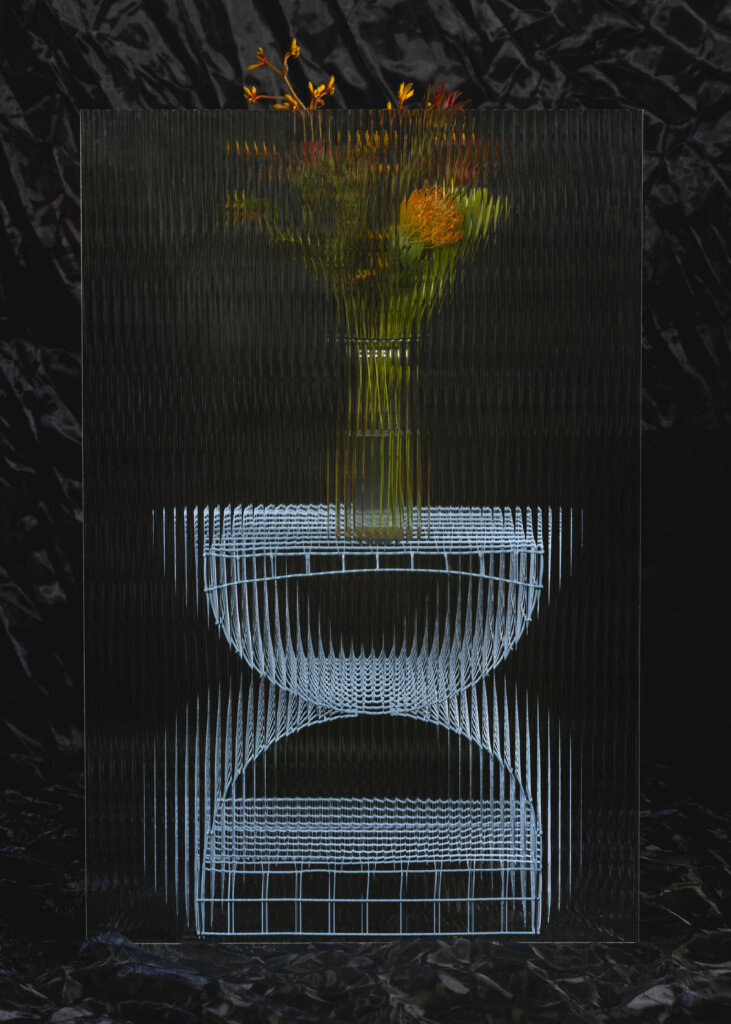
There are many ways to make a new product more environmentally friendly. You can source materials locally, utilize regenerative options, and opt for water-based paints and glues. You can design for disassembly to allow all elements to be recycled and ensure the product can be flat-packed to maximize the amount that can be transported at one time. Or you can take the approach Sir Norman Foster did for the 20-06 chair.

The 1006 Navy chair, which Emeco has produced since 1944.
Foster’s idea was to create something that was visually and physically lightweight, with an “anonymous character,” as he describes it, which would allow it to mesh seamlessly in any interior space. Emeco’s classic 1006 Navy chair was one of his touchpoints, as was the process of aluminum extrusion.
But Foster wanted to push the latter further, from both technical and sustainability perspectives. He envisioned a super-slim frame that utilized the minimal amount of material possible. The chair needed to be strong and durable, able to last for decades even with heavy use. It had to be lightweight and stackable, as to be economical to ship and store. Plus, as legend has it, Foster aspired for his chair to weigh less than Frank Gehry’s 6.5-pound Superlight, released in 2004 (and currently out of production).
Foster achieved all but the last aim. Clocking in at 7 pounds, the 20-06 chair exemplifies how strategic design and material choices can reduce a product’s impact on the environment. The 20-06—named such as an homage to the 1006 and also the year Emeco introduced the design—uses much less material than the average chair. Yet it still achieves ANSI/BIFMA X5 1 certification, supporting individuals up to 275 pounds. The 20-06 is handcrafted from recycled aluminum, which requires 95% less energy to produce than a virgin source of the metal. Both the aluminum and final chair are extremely light, minimizing transport-related carbon emissions throughout the supply chain. Plus, each chair has a 150-year warranty, a testament to its structural longevity (and, with hope, timeless aesthetic).

Up to a dozen 20-06 chairs can be stacked upon each other.
Put together, these decisions have helped the 20-06 chair have a verified carbon-dioxide equivalent (CO2e) footprint of 12.72kg. To put that into context: the industry’s average CO2e footprint for a similar chair ranges from 30 kg CO2e to 60 kg CO2e, according to Emeco. That means the amount of carbon and greenhouse gases produced in the making of a 20-06 is roughly 60-80% lower than the standard.
Little surprise, then, that once the design principles for the 20-06 chair were established, Foster and Emeco expanded the collection to include an armchair, stools, and tables.




